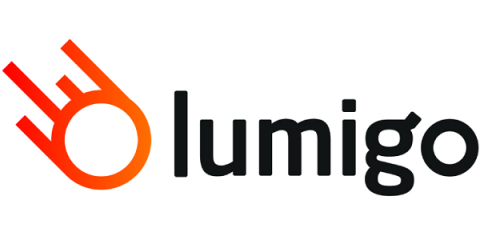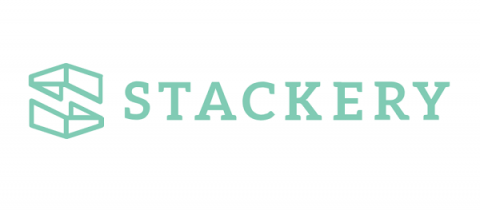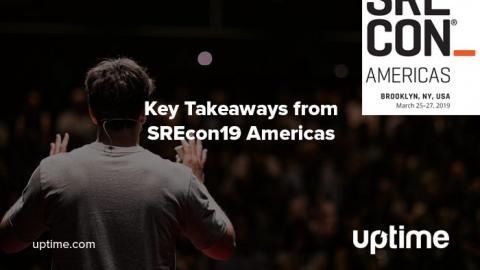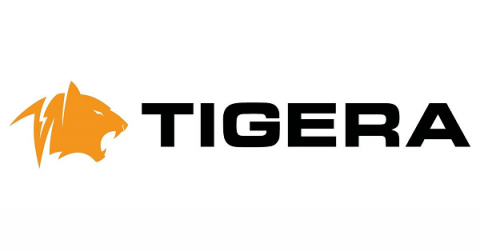When to use Lambda layers
AWS introduced Lambda Layers at re:invent 2018 as a way to share code and data between functions within and across different accounts. It’s a useful tool and something many AWS customers have been asking for. However, since we already have numerous ways of sharing code, including package managers such as NPM, when should we use Layers instead? In this post, we will look at how Lambda Layers works, the problem it solves and the new challenges it introduces.







